AMD CEO Dr. Lisa Su sat down with journalists in a Q&A session following a keynote address at CES 2021 on Tuesday, fielding a variety of questions including a request to comment on Apple's first foray into the desktop processor space.
Speaking to press via conference call, Su addressed a range of questions regarding AMD's upcoming plans, the x86 platform and new developments in a highly competitive semiconductor market.
Dr. Ian Cutress of AnandTech focused on the emergence of ARM processor designs. According to Cutress, ARM models are expected to greatly boost compute performance in the coming years and could begin to encroach on territory long held by x86 makers like AMD and Intel. ARM silicon is typically used in specialized deployments like servers, but the chip designs are now starting to show up in consumer products.
Apple, for example, introduced the M1 chip in its late-2020 13-inch MacBook Pro, MacBook Air and Mac mini models. The tech giant plans its entire lineup of Mac computers to run on custom ARM chips within two years. That presents an immediate loss in revenue for current CPU partner Intel, but also creates headwinds for the wider x86 market.
Su was asked how the M1 will impact AMD's relationship with Apple.
"The M1 is more about how much processing and innovation there is in the market. This is an opportunity to innovate more, both in hardware and software, and it goes beyond the ISA," Su said. "From our standpoint, there is still innovation in the PC space - we have lots of choices and people can use the same processors in a lot of different environments. We expect to see more specialization as we go forward over the next couple of years, and it enables more differentiation. But Apple continues to work with us as their graphics partner, and we work with them."
Apple relies on AMD's Radeon graphics cards to power high-end devices like MacBook Pro, iMac and Mac Pro, but that could change with a shift to in-house solutions. M1 Macs integrate Tile Based Deferred Rendering (TBDR) graphics cores on a system-on-chip design similar to the A-series processors used in iPhone and iPad.
While Apple is content to stick with integrated graphics for the initial wave of M1 Macs, it is possible that the company is working toward a dedicated GPU to better serve high-performance machines.
Apple's transition to ARM appears to be applying pressure to industry incumbents. On Monday, Intel detailed its forthcoming Alder Lake chip series, which seemingly takes a page out of the Apple Silicon strategy book by stretching use cases from mobile to desktop.
 Mikey Campbell
Mikey Campbell







-m.jpg)





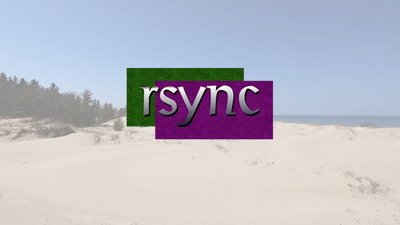
 Chip Loder
Chip Loder
 Malcolm Owen
Malcolm Owen
 Marko Zivkovic
Marko Zivkovic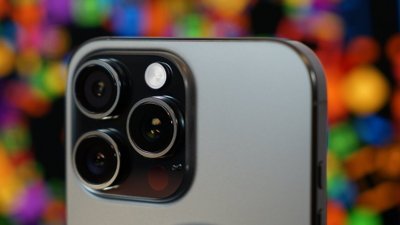
 Wesley Hilliard
Wesley Hilliard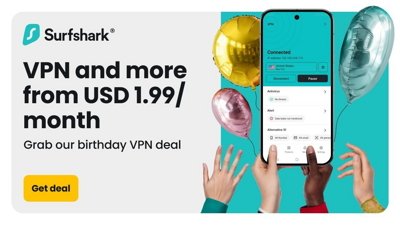
 Christine McKee
Christine McKee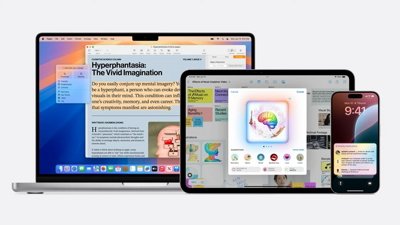
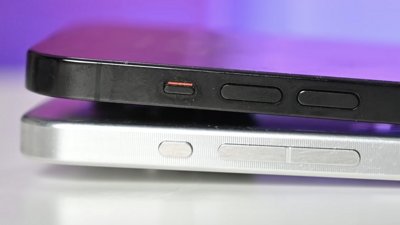

 William Gallagher
William Gallagher



-m.jpg)



23 Comments
While Alder Lake is similar in concept to M1, I don’t think it’s fair to suggest that Intel Alder Lake design is a knee jerk reaction to (or plagiarism of M1). Silicon design takes years, from conceptual design to manufacturing to baking in support in the operating system.
Intel's new offering is fine and good, but it also takes a lot of work from the OS and the apps to make this work properly. It's not even clear yet that the OS developers for Intel CPUs (e.g., Windows, Linux, [potentially even an upcoming Apple OS for Intel], etc.) care to use this feature. But if they do, it will take time to implement.
To work best it also takes a little cooperation from application developers, because there's always some hooks in the OS's APIs which allow apps to indicate whether they prefer to run in the high performance or high efficiency cores. (I remember seeing a description of this API for macOS in a WWDC video, but I couldn't find a link for it to include here.)
As far as I know, so far, only Apple provides an OS for M1-based Macs. And it obviously includes all the OS features including the API hooks to make this work for the two types of cores in M1 chips. But if another OS comes out for M1-based Macs, it's not mandatory that the new OS provides the same features as macOS in terms of either the OS or the apps correctly choosing between the high efficiency and the high performance cores.
[edited to remove political commentary: RadarTheKat, moderator]
Sigh. Even Ars Technica claims that Intel's Alder Lake is a response or was influenced by/a ripoff of the M1. Shows you how the media just puts a pro-Apple spin on everything. In reality Intel is merely adopting the big.LITTLE architecture that has been standard in ARM/RISC designs of more than 4 cores for years. For example, the Qualcomm 808 used a big.LITTLE design way back in 2015. Back then, the Apple A9 was still a dual core chip (both Firestorm or equivalent).
Also, as someone above truthfully stated, wait until we get a 10nm octacore chip on Alder Lake architecture, which should occur in 2022. That is when we will FINALLY be able to get an apples to apples comparison (pun not intended) on performance and power.
The Alder Lake CPUs will be primarily used in 2-in-1 ultraportables that will compete with the MacBook Air (except they will have touchscreens, 2-in-1 designs and some will even have 5G) and in gaming laptops. So if you want a 2-in-1 or to play Steam games, you aren't going to by an M1 MacBook Air no matter how much faster it runs or less power it uses because that M1 MacBook Air won't have the features, functionality or ability to run the software that motivates people to buy the Windows and Chromebook (Chromebooks will gain the ability to run Steam this year) competition. When you add the fact that the Alder Lake competition will also be several hundred dollars cheaper than an entry level MBA, this will be still more reasons why the M1 won't change Apple's 7%-8% market share.